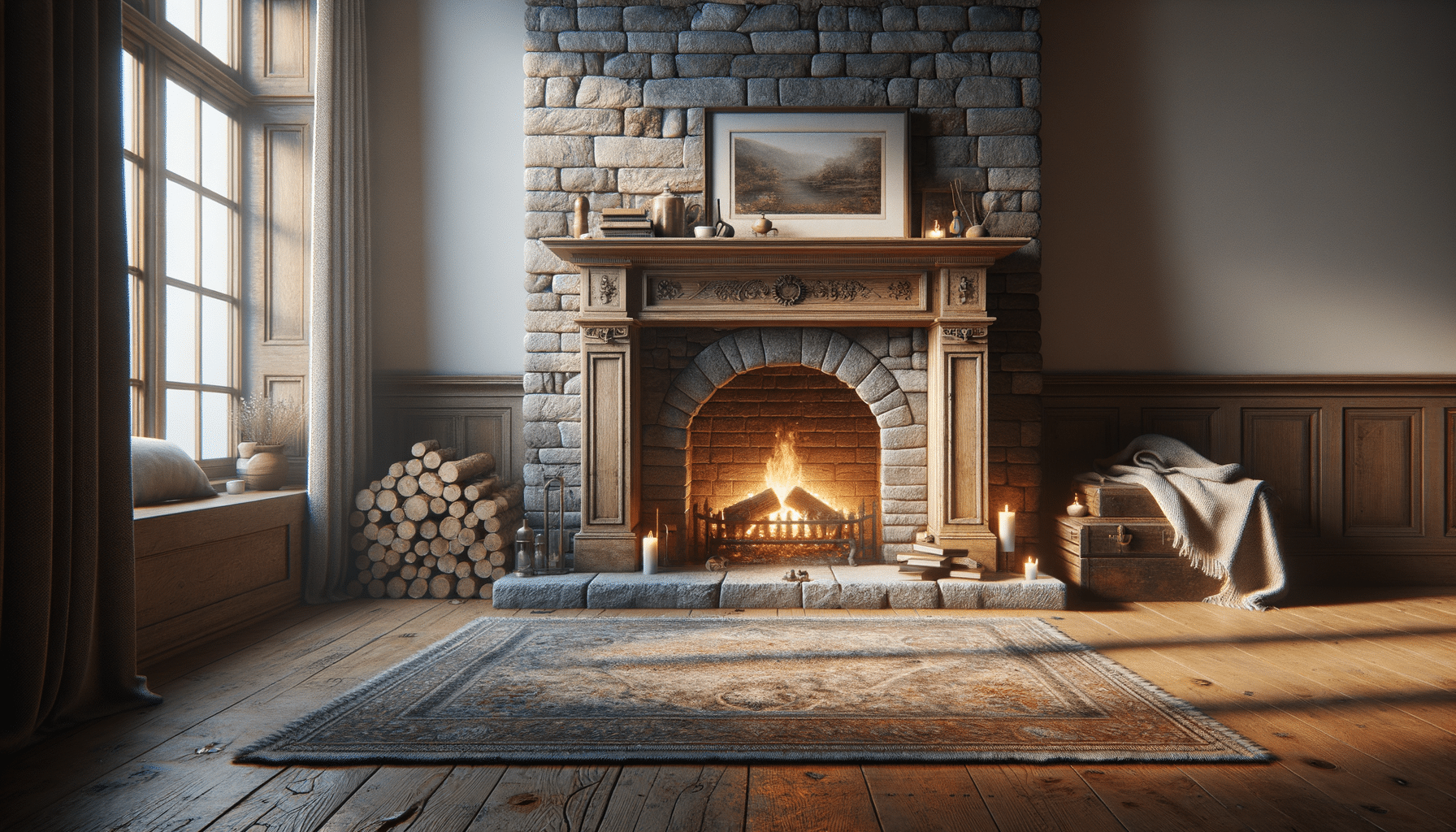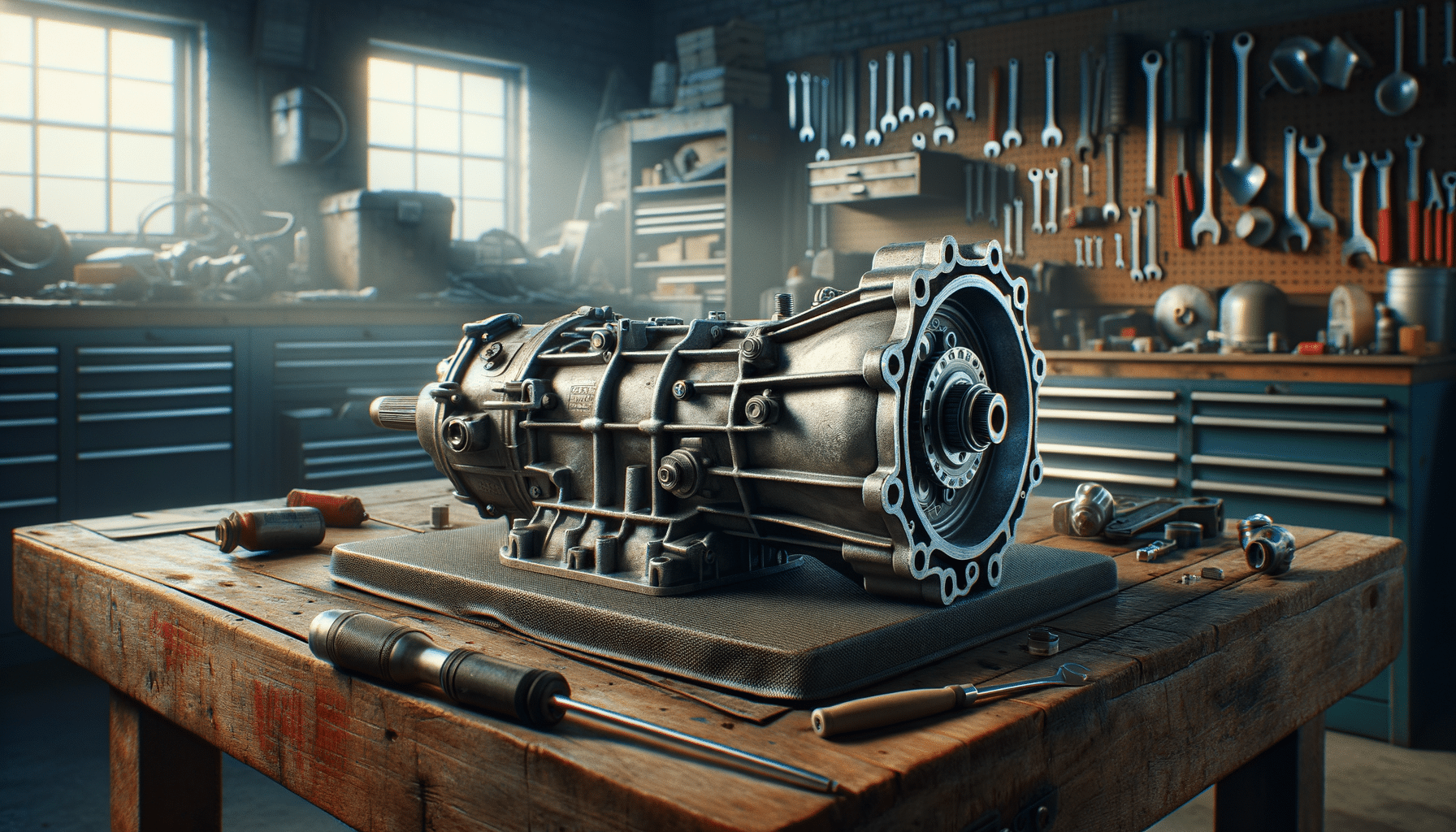
Exploring the Warmth and Charm of Fireplaces
The Historical Significance of Fireplaces
Fireplaces have long held a place of significance in human history, serving not just as a source of heat, but also as a symbol of home and family. Historically, they were essential for survival, providing warmth in the harsh winters and a means to cook food. The evolution of fireplaces reflects the broader changes in society, from the open hearths of medieval times to the sophisticated designs seen in modern homes. These structures have evolved from practical necessities to aesthetic focal points within living spaces.
In earlier centuries, fireplaces were central to the home, often located in the main hall where families gathered. They were large and capable of holding massive logs, which was necessary before the advent of central heating. The design and placement of fireplaces evolved with advancements in technology and changes in architectural styles. The introduction of the chimney in the 12th century allowed for more efficient smoke removal and contributed to the development of the fireplace as we know it today.
Throughout history, fireplaces have also held cultural significance. They feature prominently in literature and folklore as places of warmth and security. The hearth has served as a metaphor for home and family, underscoring its importance in domestic life. Today, while not essential for survival, fireplaces continue to add charm and character to homes, serving as a reminder of their storied past.
Types of Fireplaces and Their Features
Modern fireplaces come in various types, each offering unique features and benefits. Understanding these differences is crucial for anyone considering adding a fireplace to their home. The main types include wood-burning, gas, electric, and ethanol fireplaces, each with distinct characteristics.
Wood-burning fireplaces are the traditional choice, known for their authentic crackling sounds and the scent of burning wood. They require a chimney for ventilation and regular maintenance to remove ash and soot. Despite the upkeep, many homeowners appreciate their classic appeal and the cozy ambiance they provide.
Gas fireplaces offer convenience and efficiency, easily ignited with a switch or remote control. They produce consistent heat and require less maintenance compared to wood-burning options. Gas fireplaces can be vented through a chimney or use direct vent technology, making them versatile for various installations.
Electric fireplaces are a popular choice for their simplicity and ease of installation. They do not require a chimney or venting, making them suitable for apartments and modern homes. While they do not provide the same warmth as traditional fireplaces, their realistic flame effects and energy efficiency make them a favored option for many.
Ethanol fireplaces are a modern, eco-friendly choice, using renewable bioethanol fuel. They produce real flames without smoke, soot, or ash, and do not require a chimney. Their clean-burning nature and sleek designs make them ideal for contemporary spaces.
The Role of Fireplaces in Home Design
Fireplaces play a significant role in home design, serving as both functional and aesthetic elements. They often become the focal point of a room, drawing attention and providing a sense of warmth and comfort. The design of a fireplace can greatly influence the overall style and ambiance of a living space.
In traditional homes, fireplaces often feature ornate mantels and intricate detailing, reflecting the architectural styles of the period. These designs add elegance and sophistication to a room, creating a timeless appeal. In contrast, modern fireplaces tend to favor minimalist designs, with clean lines and sleek finishes that blend seamlessly with contemporary interiors.
When designing a space around a fireplace, it is important to consider the materials used. Stone and brick are classic choices that offer durability and a rustic charm. Marble and tile provide a more polished look, often used in upscale and modern settings. The choice of materials can significantly impact the visual appeal and functionality of a fireplace.
Fireplaces also offer opportunities for creative expression. Homeowners can personalize their fireplace with custom mantels, decorative screens, and unique accessories. These elements not only enhance the visual appeal but also reflect the personal style and preferences of the homeowner, making the fireplace a true centerpiece of the home.
Fireplace Maintenance and Safety Considerations
Maintaining a fireplace is essential to ensure its safe and efficient operation. Regular cleaning and inspections can prevent potential hazards and prolong the life of the fireplace. Each type of fireplace has specific maintenance needs that homeowners should be aware of.
For wood-burning fireplaces, regular removal of ash and soot is necessary to maintain airflow and prevent buildup that could lead to chimney fires. It is recommended to have the chimney inspected and cleaned annually by a professional to remove creosote deposits.
Gas fireplaces require less maintenance than wood-burning ones, but it is still important to check for leaks and ensure proper venting. An annual inspection by a qualified technician can help identify any issues and keep the fireplace operating safely.
Electric fireplaces require minimal maintenance, primarily involving cleaning the exterior and ensuring the electrical components are functioning correctly. It is important to follow the manufacturer’s guidelines for care and operation.
Safety is a paramount concern with all fireplaces. Installing smoke detectors and carbon monoxide alarms in the home can provide early warnings of potential problems. Additionally, keeping combustible materials away from the fireplace and using a screen or glass doors can prevent accidental fires and protect against flying embers.
The Environmental Impact of Fireplaces
Fireplaces, while providing warmth and ambiance, can have varying impacts on the environment depending on their type and usage. Understanding these effects is important for making informed choices that align with environmental sustainability goals.
Wood-burning fireplaces, although traditional, can contribute to air pollution by releasing particulate matter and carbon dioxide into the atmosphere. Using seasoned wood and ensuring proper combustion can reduce emissions, but these fireplaces are generally less eco-friendly compared to other options.
Gas fireplaces are more environmentally friendly, producing fewer emissions than wood-burning ones. They burn cleaner and more efficiently, making them a better choice for those concerned with reducing their carbon footprint. However, the extraction and transportation of natural gas still have environmental implications.
Electric fireplaces have the least direct environmental impact, as they do not produce emissions on-site. Their overall environmental footprint depends on the source of the electricity used. When powered by renewable energy, they can be an eco-friendly option for heating a home.
Ethanol fireplaces are considered an environmentally friendly choice because they use bioethanol, a renewable fuel. They produce minimal emissions and are often touted for their sustainability. However, the production and transportation of bioethanol should also be considered when evaluating their overall environmental impact.
Incorporating energy-efficient practices, such as using fireplaces responsibly and exploring alternative heating methods, can further mitigate the environmental impact of fireplaces, contributing to a more sustainable home environment.


